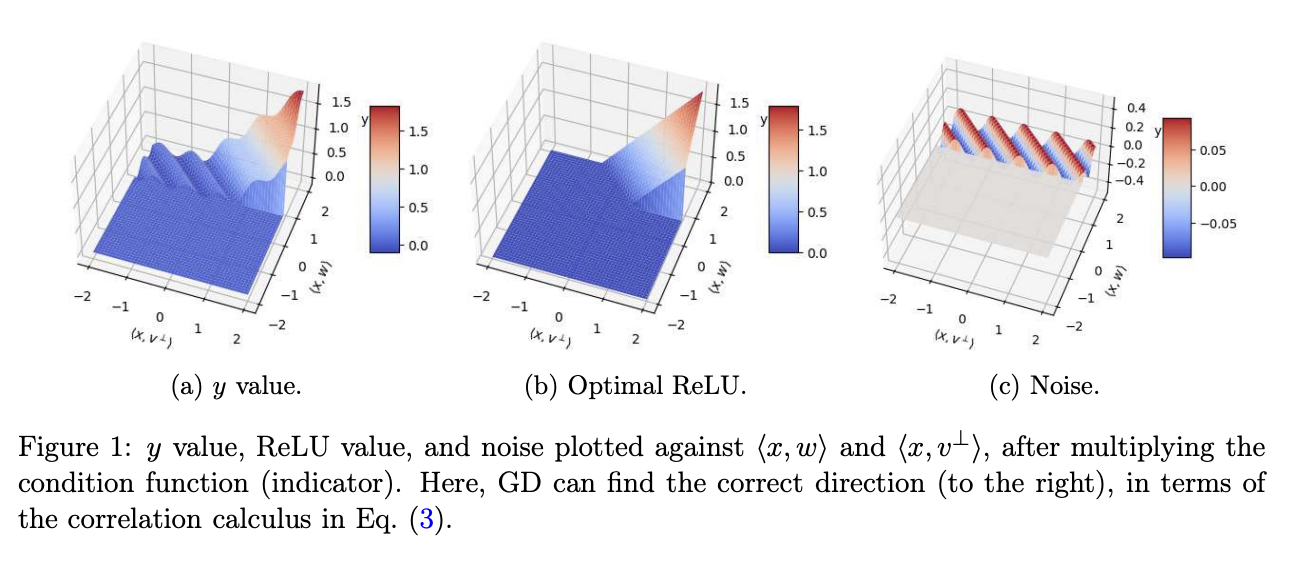
Understanding ReLU and Its Importance
ReLU, or Rectified Linear Unit, is a key mathematical function used in neural networks. It has been extensively researched, especially in the context of regression tasks. However, learning a ReLU activation function can be complex without knowing the input data distribution.
Challenges in Learning ReLU Neurons
Most studies assume that input data follows a standard Gaussian distribution. The efficiency of learning a ReLU neuron in cases where data doesn’t fit this model is still not well understood. Recent advancements have focused on learning ReLU functions and biased linear models, but challenges remain, especially with regression tasks.
Introducing the SQ Algorithm
Researchers from Northwestern University developed the SQ algorithm, which offers a new approach to learning ReLU activations. This method uses the Statistical Query framework to optimize the ReLU loss function effectively. It combines grid search and thresholded PCA to estimate parameters, making it robust against noise and efficient in large-scale scenarios.
Limitations of Existing Algorithms
Previous algorithms, like CSQ (Correlational Statistical Query), faced limitations in learning ReLU neurons. They often required either an exponential number of queries or very precise queries to achieve low error rates. The researchers highlighted the complexity of function classes and introduced the CSQ dimension to establish lower bounds for query complexity.
Key Takeaways
The SQ algorithm represents a significant advancement in machine learning, particularly in learning arbitrary ReLU activations. It provides a reliable solution that addresses the shortcomings of existing methods, paving the way for future research in this area.
Explore Further
For more insights, check out the original research paper. Follow us on Twitter, join our Telegram Channel, and connect with our LinkedIn Group. If you appreciate our work, subscribe to our newsletter and join our 55k+ ML SubReddit.
Transform Your Business with AI
To stay competitive and leverage AI effectively, consider the following steps:
- Identify Automation Opportunities: Find customer interaction points that can benefit from AI.
- Define KPIs: Ensure measurable impacts from your AI initiatives.
- Select an AI Solution: Choose tools that fit your needs and allow customization.
- Implement Gradually: Start with a pilot project, gather data, and expand wisely.
For AI KPI management advice, contact us at hello@itinai.com. Stay updated on AI insights through our Telegram and Twitter channels.
Enhance Your Sales and Customer Engagement with AI
Discover innovative solutions at itinai.com.



























